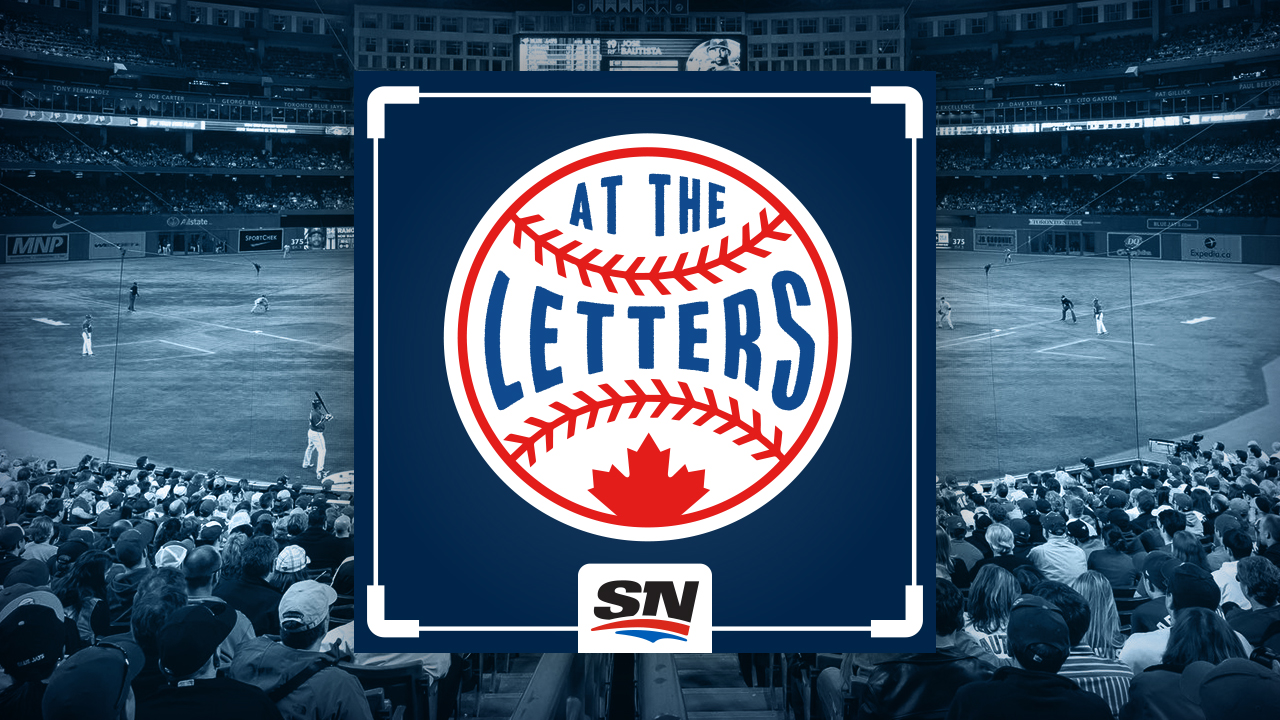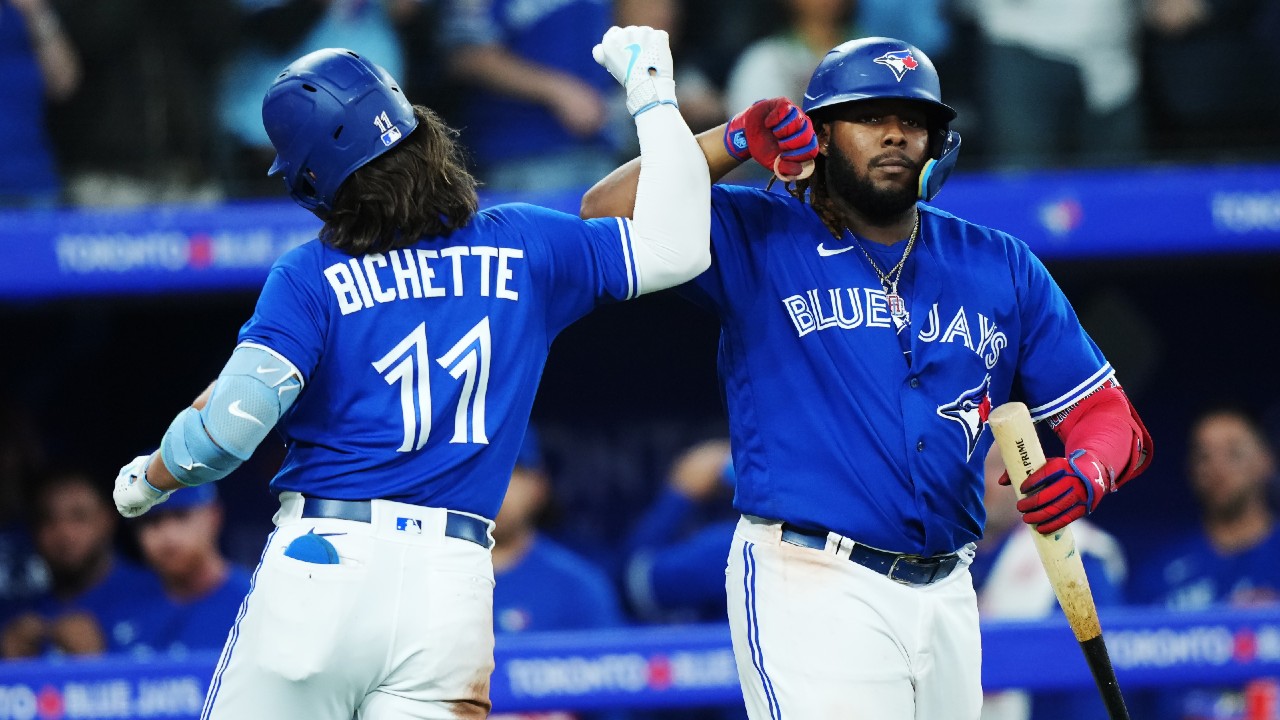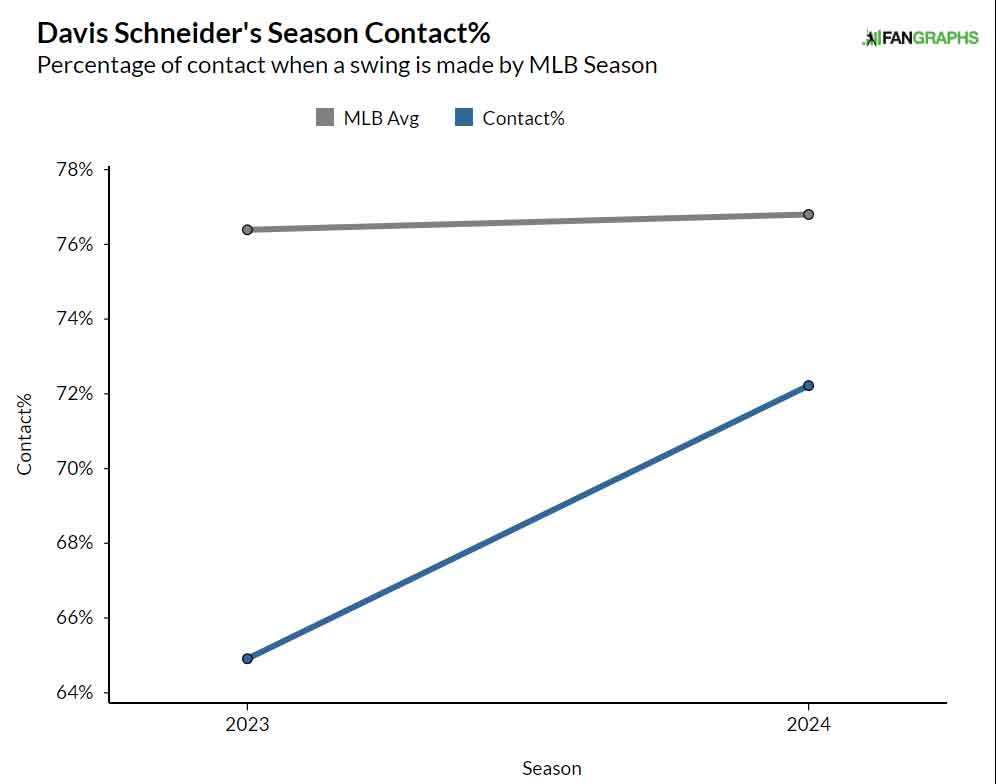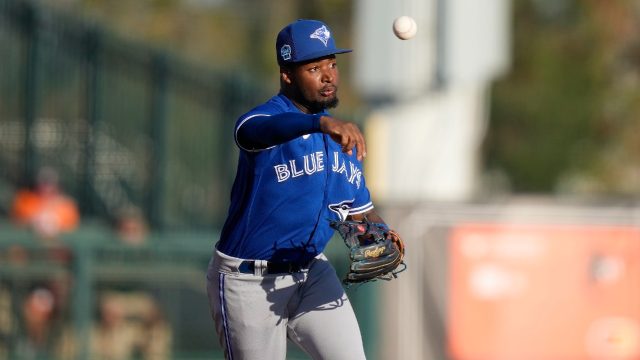Davis Schneider entered 2024 as one of the Toronto Blue Jays’ most high-variance players with both an uncertain role and a difficult-to-project offensive profile.
In most cases, if a player produces an OPS over 1.000 as a rookie — even in a relatively small sample — he returns the next season with plenty of hype and a locked-in starting job. Schneider was in a different boat for a couple of reasons.
The first is that his prospect pedigree is minimal. Schneider is a 28th-round pick whose production didn’t really stand out until his fifth pro season in 2022 which took him from High-A all the way to Triple-A. If he’d been a high draft pick who’d spent years and years on top prospect lists, his outburst at the MLB level would’ve been met with less skepticism.
Schneider’s statistical profile in his major-league cameo was also peculiar.
There’s no doubting his bottom-line numbers, but it’s notable that he put up massive power numbers despite a pedestrian average exit velocity (89.5 mph) and max exit velocity (108.8 mph). His expected numbers were solid, but his xBA (.214) and xSLG (.459) fell way below his actual numbers (.276 and .603).
Add in the fact that much of his production came in a single flurry upon arriving and he carried a 30.5 percent strikeout rate — it’s easy to perceive Schneider’s 2023 as an aberration and remain uncertain about him.
While that’s a fair position just 58 games into his MLB career, what the Blue Jays have seen from Schneider in 2024 hints at his ability to have sustained success at the highest level — perhaps even more so than the fireworks he produced last year.
Although his .228/.333/.456 line is modest compared to 2023’s numbers, it adds up to a 131 wRC+. Not only is that a great number, it’s also one Schneider has earned with minimal help from good fortune.
In fact, he may have been a bit unlucky in the early going considering a .263 BABIP and expected numbers that outshine his actual production, which runs in contrast to last year’s pattern.
|
Season
|
wOBA
|
MLB Rank |
xwOBA |
MLB Rank |
|
2023 |
.424 |
3rd |
.355 |
55th |
|
2024 |
.350 |
77th |
.380
|
40th |
A lot of the difference here is not about how Schneider is hitting the ball — although it’s worth noting his average exit velocity is 1.5 mph harder than last year — but how often he’s making contact.
In 2023 Schneider’s contact rate of 64.9 percent was extremely low. In the previous 20 seasons, just 20 qualified hitters (out of 2,910) have whiffed at a higher rate. It was probably fair to expect the 25-year-old to experience some positive regression from that outlier result in 2024, but perhaps not the step forward the Blue Jays have seen so far.
Schneider still swings at air more than the average hitter, but the difference between going from the bottom of the barrel toward the middle of the pack is notable.
Unsurprisingly, that has brought his strikeout rate down to a respectable number (24.2 percent) and made him far less vulnerable in two-strike counts. In 2023 when pitchers got Schneider up against the wall they tended to put him away. That hasn’t been the case as much in 2024.
|
Season |
K% through 0-2 |
K% through 1-2 |
K% through 2-2 |
|
2023 |
58.1% |
47.9% |
54.5% |
|
2024 |
46.2% |
36.0% |
33.3% |
Both of these are relatively small samples, but it seems clear that Schneider’s improved ability to make contact is helping him stave off strikeouts — and that’s opened the door for some positive outcomes for the Blue Jays.
His best game showcasing this improvement came back on April 8 against the Seattle Mariners. Schneider’s first notable effort in that one came with the bases loaded in the third when he was able to poke a 2-2 Luis Castillo slider into centre for a two-run hit.
Schneider’s ability to stay with the slider in particular has stood out as his run value per 100 on that pitch (9.0) ranks fourth in the majors and his whiff rate has dropped from 39.6 percent in 2023 to 21.1 percent.
Five innings later, he took a 1-2 Brett de Geus curve on the corner and hit it the other way.
Last season Schneider had just 11 hits with two strikes and he’s already at seven so far in 2024 in less than half as many plate appearances.
If Schneider were a slap hitter then an uptick in his contact rate and subsequent drop in strikeouts would be a healthy development that might not move the needle. In his case, the impact is significant because when Schneider isn’t going down on strikes he’s generally doing impressive things.
The power (.295 ISO) and patience (13.5 percent walk rate) he’s shown in his young MLB career provide the foundation for success at the plate. The conventional wisdom has been that a bloated strikeout rate could erode the bedrock of that offensive profile, though.
Although we are too early in the season to challenge that notion definitively, Schneider is showing signs that his ability to make contact could end up being a more noticeable blemish than a fatal flaw. That might not sound like a massive difference, but it could have a radical effect on the young slugger’s career.








